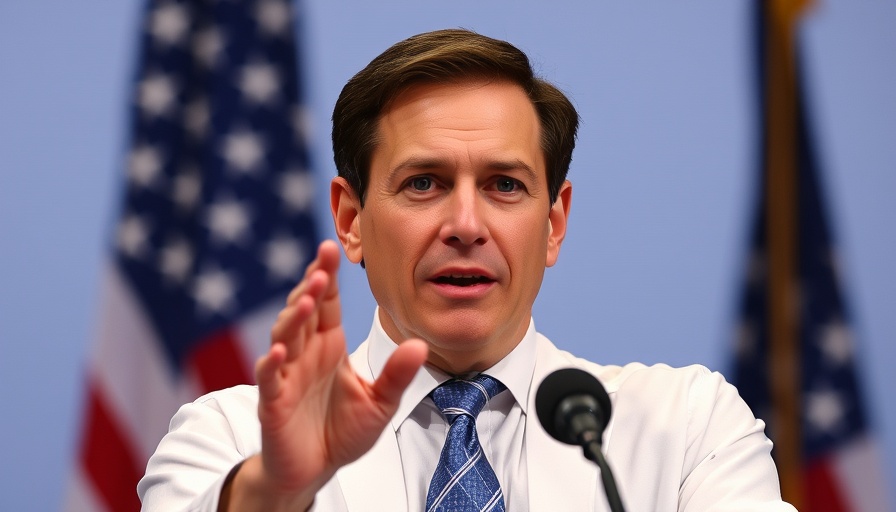
Cybersecurity: Ensuring Patient Safety in Healthcare
In today's digital age, healthcare cybersecurity stands at the intersection of technology and patient well-being. As the number of cyberattacks in the healthcare sector rises—averaging 1,357 per week in North America and 1,925 globally—healthcare organizations face the daunting challenge of safeguarding sensitive patient information while ensuring uninterrupted care delivery.
Understanding the Impact of Cyber Threats
Cyberattacks on healthcare facilities lead to significant disruptions. Not only do they compromise electronic health records, but they can also delay treatment and jeopardize patient safety. Attackers often exploit healthcare's vulnerability, seeing it as a lucrative target due to its reliance on technology and urgent nature of its operations.
These threats extend beyond mere data breaches; they can bring hospitals to a standstill, leading to canceled procedures and delayed prescriptions, directly impacting patient care. The shockwaves from such attacks create a ripple effect, heightening the urgency for healthcare leaders to treat cybersecurity as a pressing patient safety concern.
Proactive vs. Reactive Strategies in Healthcare Cybersecurity
The transition from a reactive defense to a proactive prevention model is crucial. Organizations must prioritize continuous threat monitoring and engagement with security professionals who operate around-the-clock, understanding that cyber-resilience is as critical as operational readiness. Implementation of AI-driven health solutions can further enhance these efforts, enabling real-time response mechanisms that keep patient care uninterrupted.
A Call to Action for Healthcare Leaders
Boards, CEOs, and clinical leaders must embed cybersecurity into their operational protocols, reframing it as an essential investment for healthcare delivery rather than a mere budget line item. This cultural shift will not only safeguard technology systems but also protect the patients who rely upon them.
As healthcare evolves, the convergence of cybersecurity and patient safety must remain at the forefront, ensuring that technology serves its intended purpose: the well-being of patients. The time for action is now—resilience is achievable, but it starts with awareness and commitment from the top.
 Add Row
Add Row  Add
Add 




 Add Row
Add Row  Add
Add 



Write A Comment